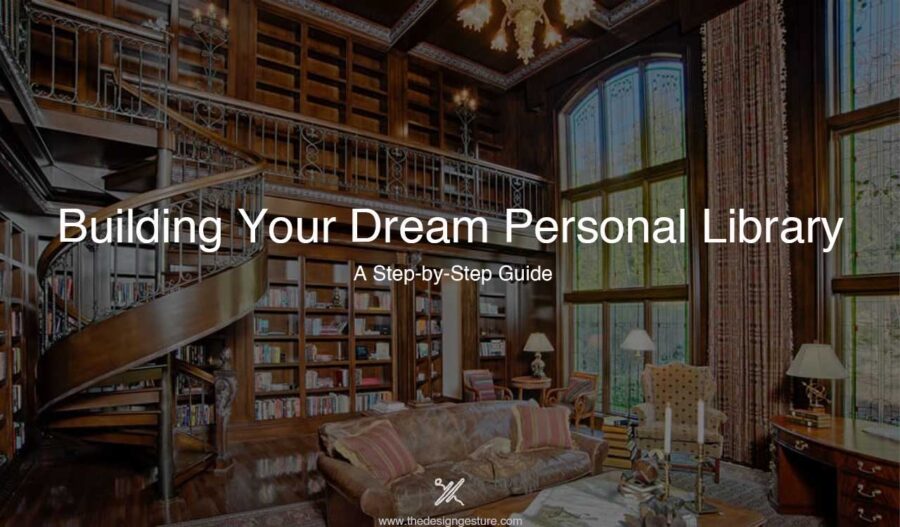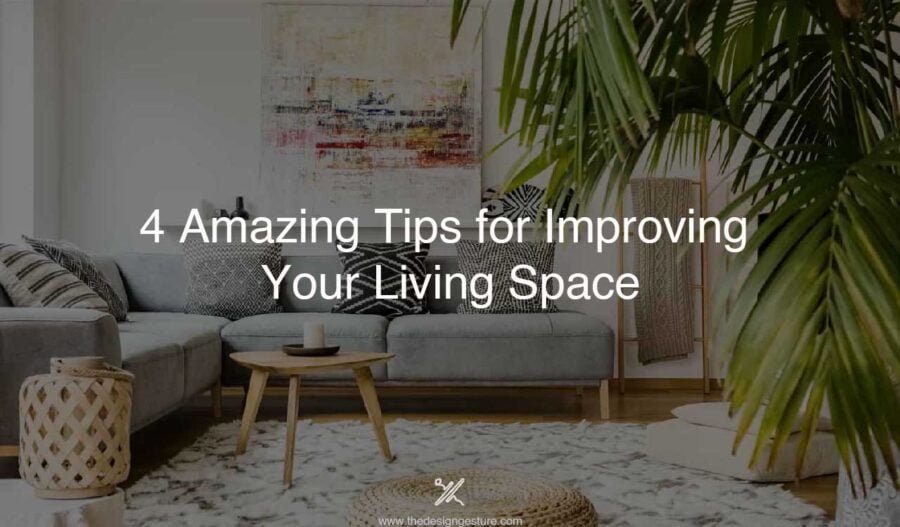For many children, the library was their first glimpse of the future freedoms allowed by adulthood. They can obtain a card that provides access to entire worlds of knowledge and fun. As adults, those who maintain that adoration may want to have their library.
While having some bookshelves at home is nothing unusual, making a proper personal library-like nook or room is a more involved process. It can also be gratifying, especially if you plan and prepare for its creation and use properly.

Table of Contents
Find a Spot
To create a personal library, you will need a place to put it. That can mean a nook, a corner of a larger room, or, ideally, a room all to itself for the ultimate home library experience.
This is an excellent chance for home designers to personalize their constructions but also offers plenty of room for home DIYers to find the ideal location for their books and a cozy place to read them.
Establish the Needs of your Library
Having selected a spot, or even before you find the ideal location, you should consider what it is you want the library to be when it’s done. Do you want a cozy corner to read when you can? Or do you want a place to showcase and enjoy your collection in an organized fashion?
The answer determines not only how much space you need but also the design setup and the size of the library when it is completed. How many books you have or intend to have in the library are major factors to consider when designing the library.
The same is true for the furniture involved. While obviously, you will need bookshelves, the type of shelf may vary depending on space and size requirements. Many luxurious home libraries feature an authentic Amish bookcase due to its capacity and beauty.
There’s also the potential for other pieces, like a writing desk and a few chairs. If you have room, a few rustic wood chairs made by the Amish might be the perfect pair to your solid wood bookcase and personal touch to your home library.
Ensure Even Flow
When considering the library’s location, you might want to consider the flow of your home. The best way to do that is to plan your library’s site with the front entrance. This will make reaching the library easier and ensure a strong foundation for your collection.
Traditionally, that would be the far left corner from the entrance door or the northeast if you’re using cardinal directions. If you’re trying to create a personal library in your home, that is a good place to start. It’s also a great base to work on if you plan to design your home and include a personal library.
This might be tricky if you don’t have a large room near the front door, so aligning as close as possible will do if you need to make some accommodations for limited space or unusual design choices in the home.
Avoid the Bedroom
You might be tempted to place your library in the bedroom, especially if you have a larger room and want to fill in some space. This can be a bad idea for a few reasons.
Having the books in the bedroom can take up space better suited to activities more in line with actually sleeping, and if you’re the type to get caught up in the book, it might be tricky to sleep when surrounded by distractions.
On the other hand, if relaxing with a book before bed sounds like a great idea and helps you relax and get ready for bed, why not try it? This is especially helpful for people in apartments or mobile homes where space is premium and an optimal location for a personal library is hard to find.
Keep it organized

No matter their size, personal libraries can be prone to cluttering if you aren’t careful. Whether by adding knick-knacks to the shelves or just not cleaning up very often, it’s important to keep the space organized and tidy.
Keeping it organized all the time will help reduce stress and ensure that the library focuses on spending quality time with your books rather than constantly having to keep the space clean and sorted.
A home library should be a fun, cozy place to relax, read, or study as needed. Whether that space is the corner of the living room or an entire room in its own right, you want to research how to make it yours.
Proper research and planning will help ensure you have the ideal design and direction for your home library, providing reduced stress and a perfect reading environment.
Conclusion
Building a personal library enhances the aesthetics of our living spaces and provides us with a constant source of intellectual stimulation and emotional solace. From selecting the right bookshelves to organizing books effectively and incorporating cozy reading nooks, every aspect of designing a personal library contributes to the overall experience of exploration and self-discovery.
So, unleash your creativity, explore new literary realms, and embark on a lifelong learning journey by creating your own personal library at home.




